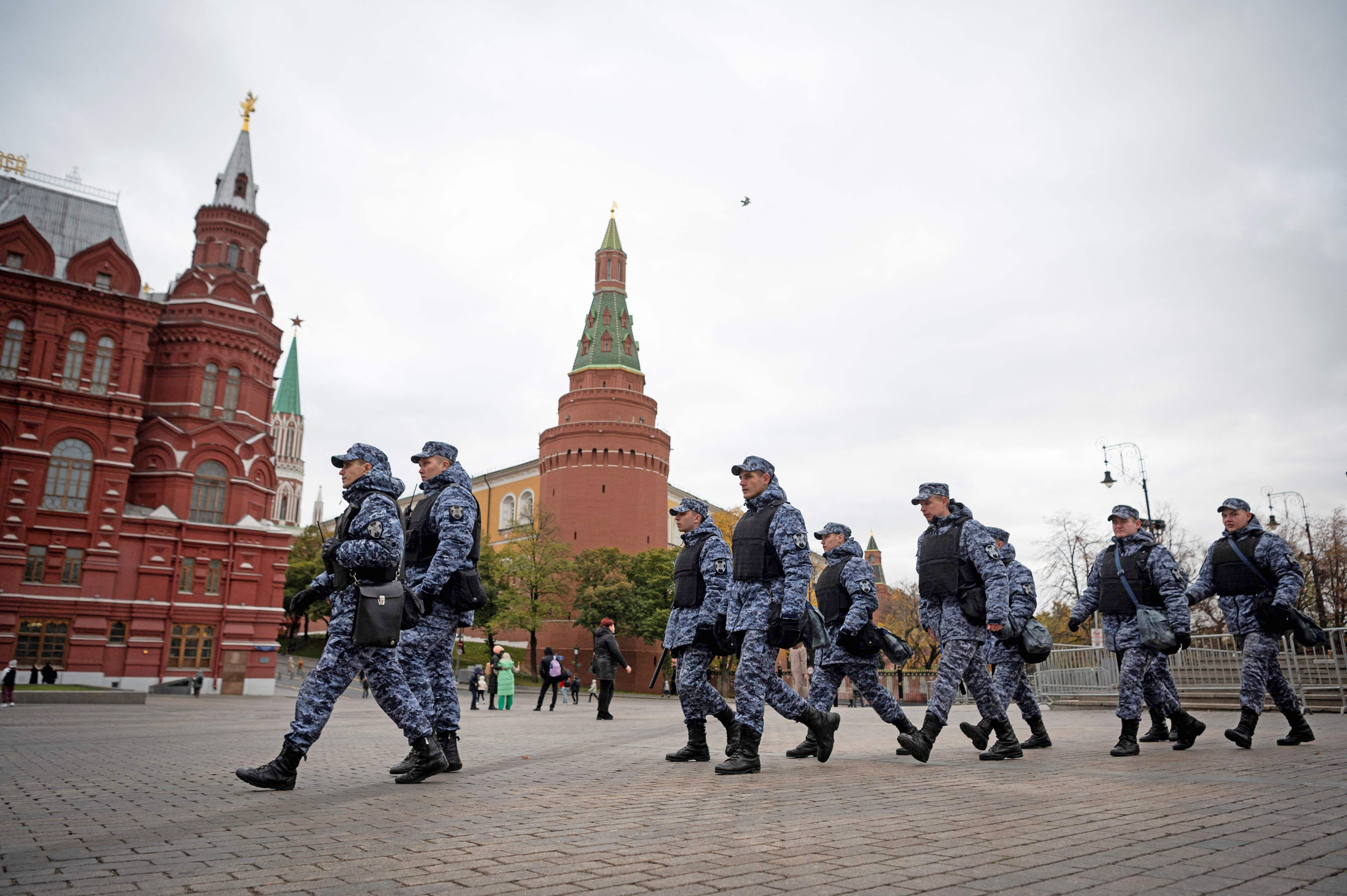https://t.co/2MCC9u5N8i
The News And Times Review#NewsAndTimes #NT #TNT #News #Times#World #USA #POTUS #DOJ #FBI #CIA #DIA #ODNI#Israel #Mossad #Netanyahu#Ukraine #NewAbwehr #OSINT#Putin #Russia #GRU #Путин, #Россия #SouthCaucasus #Bloggershttps://t.co/O0SIgLVWzM…— Michael Novakhov (@mikenov) May 16, 2024
Day: May 16, 2024
https://t.co/TgoJe29srn
The News And Times Review#NewsAndTimes #NT #TNT #News #Times#World #USA #POTUS #DOJ #FBI #CIA #DIA #ODNI#Israel #Mossad #Netanyahu#Ukraine #NewAbwehr #OSINT#Putin #Russia #GRU #Путин, #Россия #SouthCaucasus #Bloggershttps://t.co/O0SIgLVWzM…— Michael Novakhov (@mikenov) May 16, 2024
https://t.co/MI5K7YeBkC
The News And Times Review#NewsAndTimes #NT #TNT #News #Times#World #USA #POTUS #DOJ #FBI #CIA #DIA #ODNI#Israel #Mossad #Netanyahu#Ukraine #NewAbwehr #OSINT#Putin #Russia #GRU #Путин, #Россия #SouthCaucasus #Bloggershttps://t.co/O0SIgLVWzM…— Michael Novakhov (@mikenov) May 16, 2024
Putin in China 2024 – Google Search https://t.co/uYtpTXApiS pic.twitter.com/07AMVEtbCR
— Michael Novakhov (@mikenov) May 16, 2024
U.S Intelligence Is Under Assault from Left and Right https://t.co/aTqFfPGe5z
— Michael Novakhov (@mikenov) May 16, 2024
